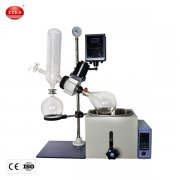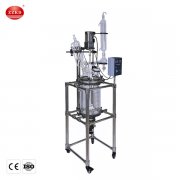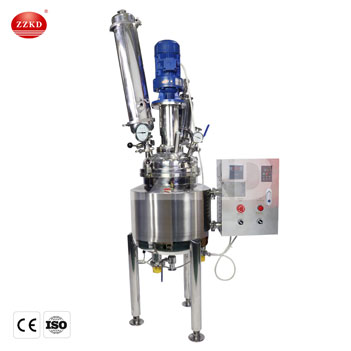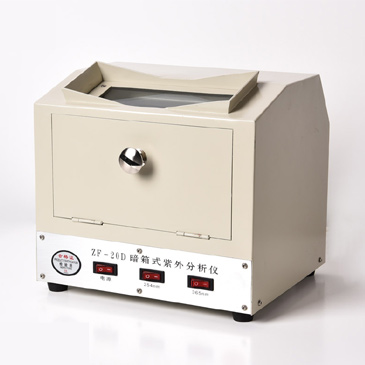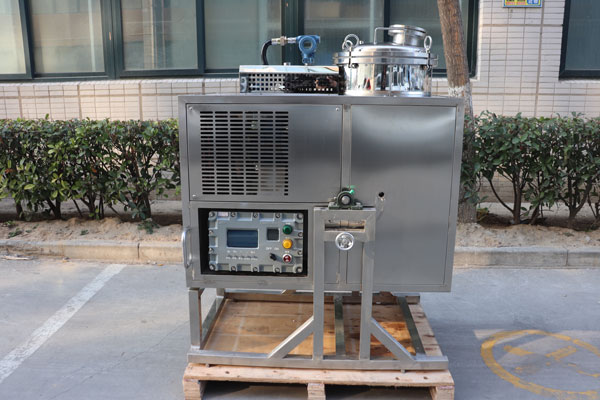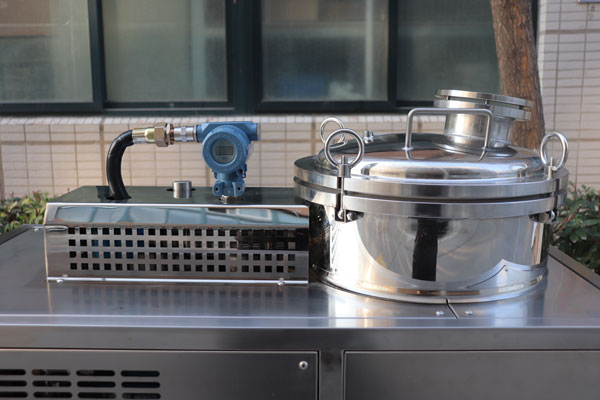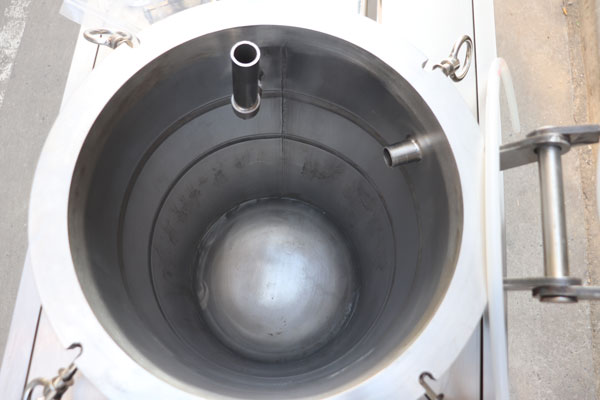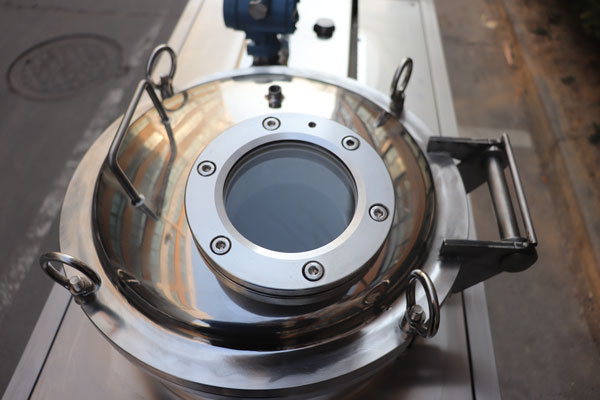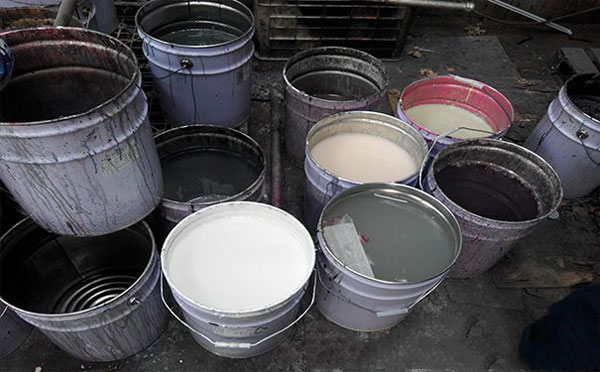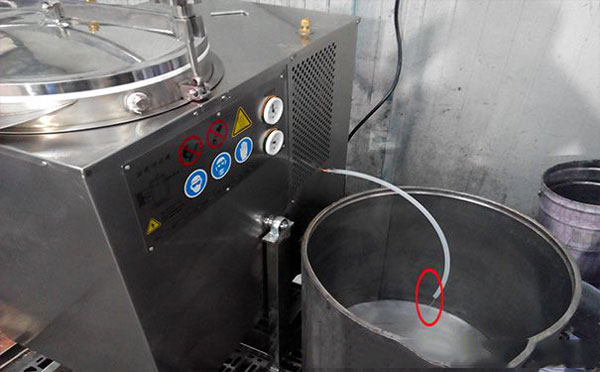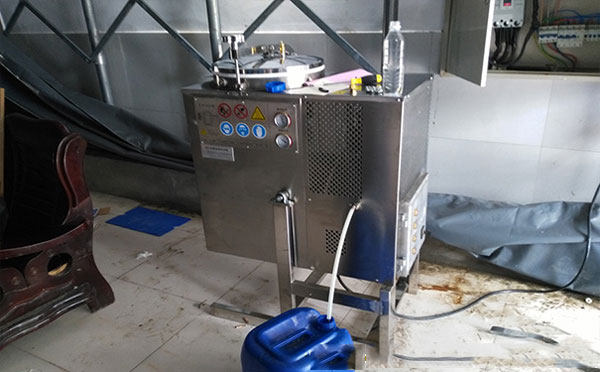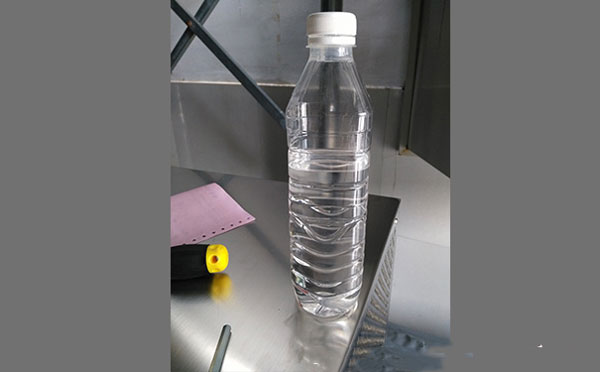Solvent recycling systems play a crucial role in promoting sustainability and cost-effectiveness across various industries. These innovative systems enable the recovery and reuse of solvents, reducing waste generation and minimizing environmental impact. In this article, we will explore the significance of
Paint Solvent Recycling Machine, their applications, and the benefits they offer. We will also delve into a real-world case study to highlight the practical implementation of these systems.
I. Understanding Solvent Recycling Systems
Solvent recycling systems are advanced technologies designed to recover and purify solvents used in various industrial processes. These systems are capable of handling solvents with a density ranging between 0.5% and 3%, making them suitable for a wide range of applications. By employing distillation and filtration techniques, solvent recycling systems efficiently separate impurities and contaminants from used solvents, restoring them to their original quality.
II. Benefits of Solvent Recycling Systems
Environmental Sustainability:
Solvent recycling systems significantly reduce the environmental impact of industrial operations. By reusing solvents instead of disposing of them as hazardous waste, businesses can minimize the release of harmful chemicals into the environment, conserve natural resources, and decrease carbon emissions associated with solvent production.
Cost Savings:
Implementing a solvent recycling system can lead to substantial cost savings for businesses. By recycling and reusing solvents, companies can minimize their procurement and disposal expenses. Additionally, recycling solvents reduces the need for new solvent purchases, resulting in significant long-term financial benefits.
Regulatory Compliance:
The use of solvent recycling systems ensures compliance with stringent environmental regulations. These systems enable businesses to manage their waste streams effectively, meet legal requirements, and avoid penalties associated with improper waste disposal.
Applications of Solvent Recycling Systems
Solvent recycling systems find application in a wide range of industries. Let's explore a case study to understand how these systems have been successfully implemented in the pharmaceutical sector.
Case Study1: Solvent Recycling in Pharmaceutical Manufacturing
ABC Pharmaceuticals, a leading pharmaceutical manufacturer, sought to enhance their sustainability initiatives while optimizing costs in their production processes. They decided to invest in a state-of-the-art solvent recycling system to address their solvent consumption and waste management challenges.
The solvent recycling system was integrated into their manufacturing facility, enabling the recovery and purification of solvents used in various stages of the production process. The system's advanced distillation and filtration technologies effectively removed impurities, ensuring the recovered solvents met the required quality standards.
As a result of implementing the solvent recycling system, ABC Pharmaceuticals achieved the following benefits:
Reduced Solvent Purchase Costs:
By reusing the recovered solvents, the company significantly decreased its solvent procurement expenses, leading to substantial cost savings.
Improved Environmental Performance:
The implementation of the solvent recycling system helped ABC Pharmaceuticals minimize their environmental footprint by reducing solvent waste generation and associated disposal requirements. The company's commitment to sustainability was recognized, further enhancing its reputation and market position.
Enhanced Production Efficiency:
With a consistent supply of high-quality solvents, production interruptions due to solvent shortages were minimized. This resulted in improved production efficiency, reduced downtime, and increased overall output.
Case Study2: Automotive Paint Shop
XYZ Motors, a renowned automotive manufacturer, aimed to improve their sustainability practices and reduce operational costs within their paint shop. The paint shop utilized a significant amount of solvent-based paints and coatings, resulting in high solvent consumption and substantial waste generation.
To address these challenges, XYZ Motors implemented a solvent recycling system specifically designed for automotive paint shops. The system incorporated advanced technologies such as distillation, fractional condensation, and activated carbon filtration to recover and purify solvents used in the painting process.
The solvent recycling system effectively removed paint pigments, suspended solids, and other contaminants, ensuring the recovered solvents met the required quality standards for reuse. XYZ Motors experienced the following benefits from the implementation of the system:
Reduced Solvent Costs:
By reusing the recovered solvents, XYZ Motors significantly reduced their reliance on new solvent purchases. This led to substantial cost savings in their paint shop operations, contributing to overall cost optimization.
Minimized Waste Generation:
The solvent recycling system dramatically decreased the volume of solvent waste generated by the paint shop. This reduced the environmental impact of the automotive manufacturing process, aligned with XYZ Motors' sustainability goals, and improved their compliance with environmental regulations.
Enhanced Production Efficiency:
With a reliable supply of high-quality recycled solvents, XYZ Motors experienced improved production efficiency in their paint shop. Consistent solvent quality ensured better paint application, reduced rework, and improved overall paint finish. This resulted in increased throughput and reduced cycle times, optimizing their production output.
Environmental Responsibility:
The implementation of the solvent recycling system demonstrated XYZ Motors' commitment to environmental responsibility. By minimizing solvent waste and conserving resources, the company positioned itself as an eco-friendly automotive manufacturer, enhancing its brand reputation and attracting environmentally conscious customers.
IV. Choosing the Right Solvent Recycling System
When selecting a solvent recycling system, it is essential to consider several factors:
Compatibility:
Ensure that the system is compatible with the solvents used in your specific industry. Different solvents may require different technologies and processes for effective recycling.
Capacity and Throughput:
Assess the volume of solvents your facility consumes and choose a recycling system that can handle the required capacity. It is crucial to match the system's throughput with your production demands to avoid bottlenecks or underutilization.
Quality Assurance:
Opt for a solvent recycling system that guarantees high-quality recovered solvents. Advanced distillation and filtration techniques are essential for removing contaminants and impurities effectively.
Safety and Compliance:
Consider safety features and compliance with relevant industry regulations. The system should have proper controls, monitoring mechanisms, and safety protocols to ensure a safe working environment.
Solvent recycling systems offer a sustainable and cost-effective solution for industries heavily reliant on solvents. By recovering and reusing solvents, these systems significantly reduce waste generation, conserve resources, and promote environmental responsibility. The case study of ABC Pharmaceuticals exemplifies the tangible benefits that can be achieved through the implementation of solvent recycling systems. As businesses strive to adopt greener practices and optimize their operations, solvent recycling systems emerge as a valuable tool to achieve both environmental and economic goals. By investing in these innovative systems, industries can move closer to a circular economy, promoting sustainability and preserving the planet for future generations.

 Products
Products





